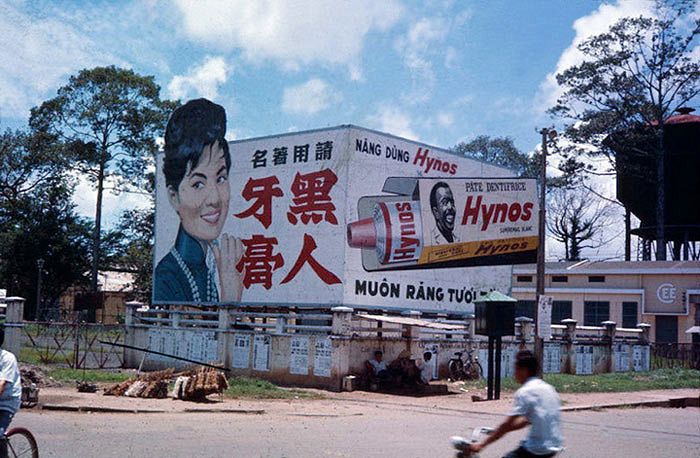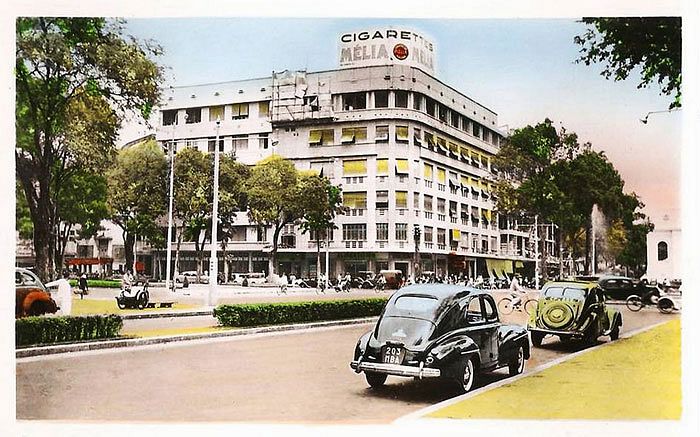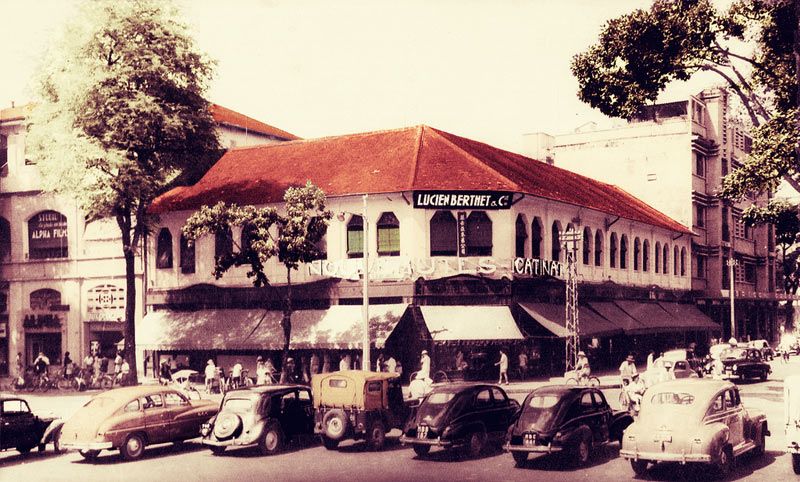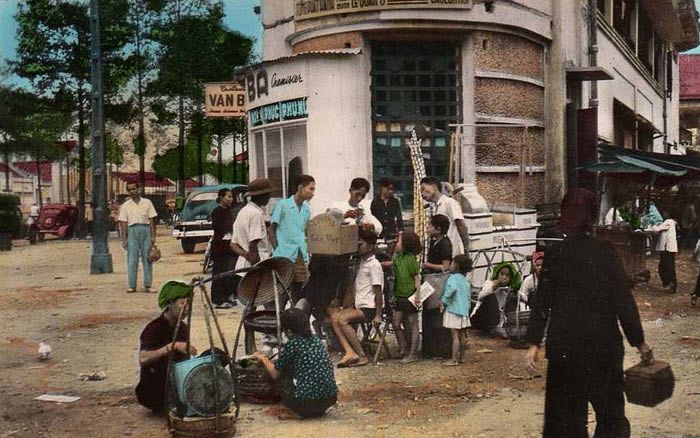Described by one local expert as “a rare surviving vestige of its era,” the tomb of Lâm Tam Lang and his wife in Tao Đàn Park is one of the city’s abiding mysteries.
Related Articles:
- Lê Văn Tám Park - The Former Massiges Cemetery - Part I
- Lê Văn Tám Park – The Former Massiges Cemetery - Part II
The Nguyễn-dynasty style twin tomb, said to be the last resting place of Lâm Tam Lang and his wife, is located close to Trương Định street, next to the Tao Đàn Park office. It was classified as a municipal heritage site by the Hồ Chí Minh City Peoples Committee on 18 April 2014.

Situated on a plot of land measuring 12m by 7.5m and aligned in a northwesterly direction, the tomb was built using a special type of traditional plaster known as ô dước. Its architectural style, once reserved for royalty, became popular amongst the royal mandarins of the south during the rule of the Nguyễn, but the layout and dimensions of this particular twin tomb make it unique.
The tomb is surrounded by a low wall and access is achieved via a small front entrance, flanked by stone columns topped with lotus buds. In the front yard is a low screen (bình phong) which protects the main gate of the tomb compound. Beyond the main gate is a tiny worshipping yard, and behind that the twin tombs themselves, placed crossways one behind the other and fronted by shrines with small alcoves which once contained ancestral tablets. The tombs themselves take the form of small houses, topped with imitation yin-yang tiled roofs and featuring stylised elephant and tiger head roof-ridge decorations.
Behind the tombs is a rear screen containing a eulogy which has been mostly worn away over the centuries, but what’s left is enough to identify the tombs as those of Lâm Tam Lang and his wife.

Using the archives of the Lâm family of Rạch Giá (now Kiên Giang) province, written in 1910 by 6th-generation family member Lâm Văn Giáp, some scholars have identified this Lâm Tam Lang as a Chinese settler of the Lâm (Lín 林) family from Guangdong province. Also known by the name Nguyên Thất, Lâm Tam Lang was married to a woman named Mai Thị Xã and died in the Autumn of the lunar year Ất Mão (1795).
However, also visible on the rear screen are the characters Đại Nam (大南), the name given to the nation by King Minh Mạng in the 19th year of his reign (1839), which suggests that the tomb may be of later construction.
Several years ago, archaeologist Đỗ Đình Truật conjectured that the tomb may in fact be that of an unnamed senior military commander in the army of General Trương Minh Giảng (?-1841), which played an important role in suppressing the Lê Văn Khôi revolt of 1833-1835. However, this thesis has never been proven.

In a recent interview, Dr Phạm Đức Mạnh, Head of Archaeology at the University of Social Sciences and Humanities (Việt Nam National University, Hồ Chí Minh City) confirmed that the ancient architecture and special configuration of this double tomb mark it out as one of the most important vestiges in the city. However, he stressed that “in order to obtain more accurate information, we must excavate the tomb.”
With no excavation currently scheduled, it would seem that the secrets of the Lâm Tam Lang tomb are safe for the time being.

Tim Doling is the author of the walking tour book Exploring Hồ Chí Minh City (Nhà Xuất Bản Thế Giới, Hà Nội, 2014) and also conducts Heritage Tours of Saigon and Chợ Lớn - see www.historicvietnam.com.














